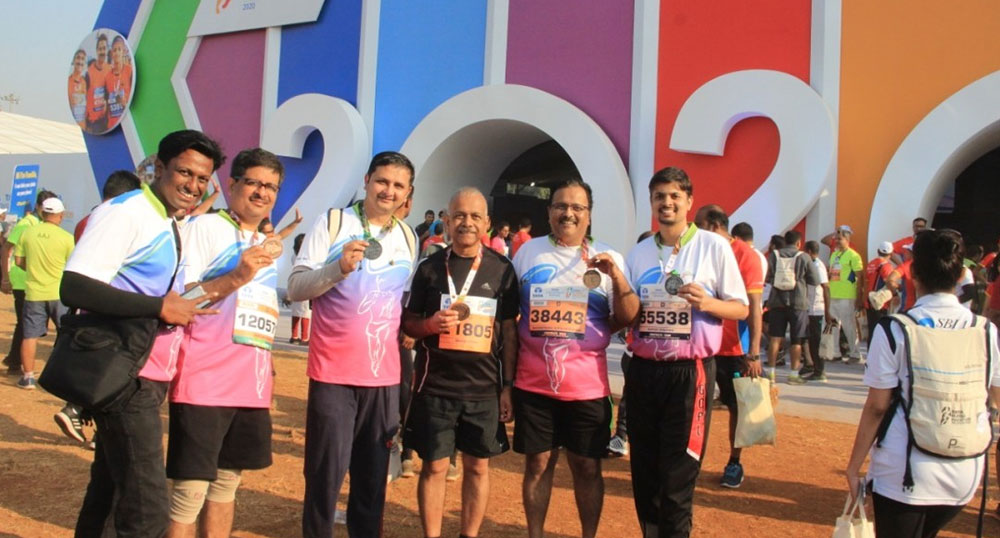
Participating in Tata Mumbai Marathon is an experience in itself, running with thousands of other runners and being supported by a super enthusiastic crowd. Barring a few serious runners vying for the coveted medals, most others don’t really compete with each other, they are in the race to see how well they can do individually, trying to better their own previous best.
It is quite evident that many runners experience serious difficulties during the run, ranging from cramps, dehydration, exhaustion and muscle fatigue. How does one deal with such serious problems and still come back for the run next year? What really motivates them?
If you talk to the runners after the race, many of them actually take these manifestations as a serious improvement opportunity for the next run, something to work on... When the tide is low, obstacles do get exposed!
I was thinking about these improvement opportunities during my thirteenth half marathon run, when several past quotes started flashing in my mind, one after another. Richard Bach was absolutely right when he said ‘There is no problem in the world without a gift for you in its hands... You seek problems because you need their gifts.’ Is muscle fatigue really a gift for the runners?
Dr. Eliyahu Goldratt, the originator of ‘Theory of Constraints’, advises us to focus on the most pressing constraint affecting the system performance and work to remove it. How true... as one constraint is removed, a new constraint would surely get exposed during the next run. We would then focus our training to remove the new constraint and return with full vigour the next year to improve our personal best timing once more. I am quite sure the next run would expose yet another new constraint to be handled for still better performance! And the never-ending improvement cycle goes on...
Nassim Taleb has rightly said that every adverse situation gives you an opportunity to raise the system performance to new highs. This would, however, happen only if we see adversity as an opportunity, analyse the root cause constraining the system performance, and eliminate the root cause in a sustainable manner. Such systems, which not only bounce back but actually improve after every shock, are called Antifragile. We all remember the economic shock of 1990 and how the Indian economy bounced back in 1991 to emerge much stronger than ever before! Of course, it was on the back of fundamental economic reforms.
Do we run our supply chains in a similar manner to improve after every adverse situation and make them Antifragile in the true sense?
Food for thought...